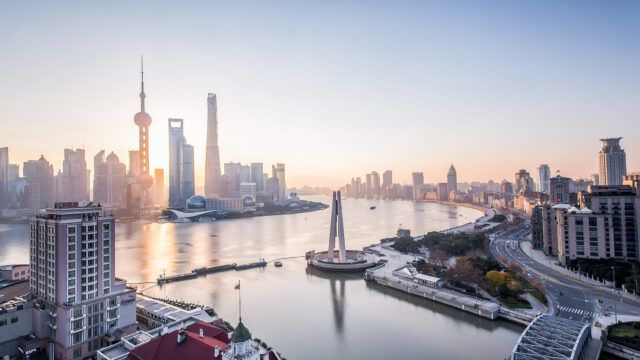The speed and rate of regulatory action in China took markets by surprise.
“We approach China with caution and are avoiding sectors that may be under a longer-term cloud,” Matthew Benkendorf, chief investment officer of Vontobel AM’s quality growth boutique, said in a research report.
“We are also cautious around Beijing’s localisation drive. Retail investors in China can push valuations strongly, although there are select quality names that are trading at reasonable valuations and picking up business from international rivals,” he said.
Regulation on e-commerce, however, shows China catching up with developed markets, and intervention could level the playing field for some companies such as JD.com, China’s second largest B2C online platform after Alibaba, Benkendorf argues.
Moreover, some measures reflect Beijing’s concerns about social issues, such as the price of education and minors playing online games, he said.
Other sectors, including consumer staples, are less affected by the regulatory drive . For example, companies such as snacks group ChaCha Food are able to pursue volume growth and expansion opportunities with strong pricing coming through, and stationary maker Shanghai M&G has room for consolidation.
Emerging markets
While emerging markets have struggled this year after a strong start, some are poised for a rebound, according to Benkendorf.
In general, emerging market central banks have not stimulated as much as developed markets, although a few have raised interest rates quickly to combat sharp increases in inflation. Brazil has been among the most aggressive in this regard, which could negatively impact its GDP growth in 2022, according to Benkendorf.
Inflation is picking up in India and Indonesia, but monetary policy has been more supportive, particularly in India, and interest rate hikes are likely to be gradual. Both countries are coming off periods of weak credit growth and relatively slow economic growth, even before Covid-19.
The asset manager sees a lot of pent-up demand on the credit side and potential for a strong economic recovery next year.
Emerging markets stocks are trading at attractive valuations and generating solid income (12 times 2022 forecast earnings and a roughly 3% dividend yields) relative to developed market stocks, underscoring the long-term opportunity of the emerging market asset class, said Benkendorf.
ESG costs and risks
Meanwhile, investors and regulators are applying more pressure to companies on social and environmental issues. “The costs could significantly impact business performance, with weaker companies seeing a disproportionate impact,” said Benkendorf. The value of risk from climate change is top of mind as governments tighten up on emissions.
“We are carefully assessing how companies will meet new climate standards, that is, investing in technologies or buying different types of energy,” he said.
While it is industry standard to use ESG scores to assess risk, the greatest risks are found as narrow red flags on specific issues that can damage shareholder value. “Even screaming messages can be hidden inside broad headline ESG ratings, where the overall figures are diluted by no-news variables,” said Benkendorf.
Vontobel said its goal is to find companies that can address ESG considerations, and in doing so try to reduce risk.
















